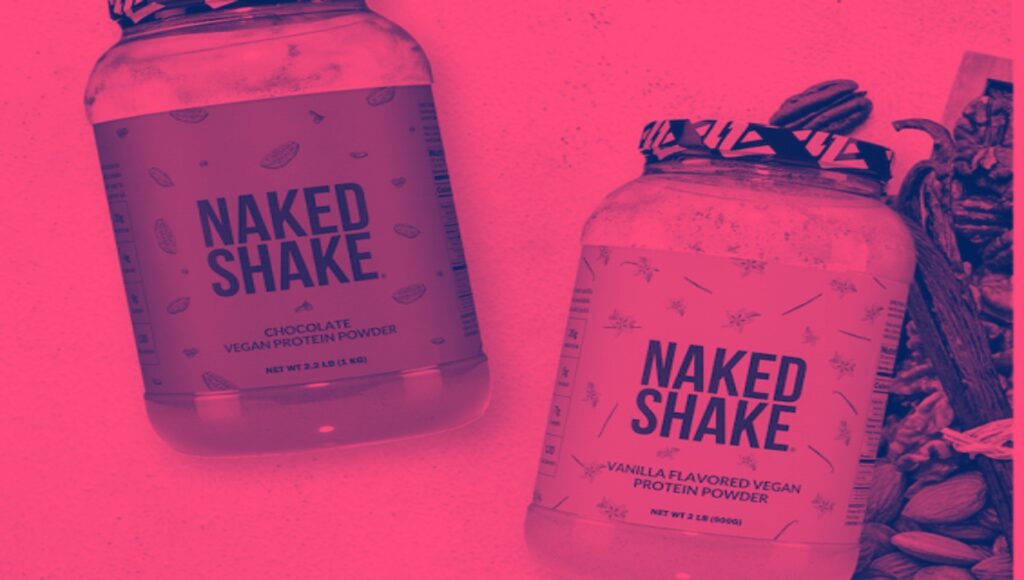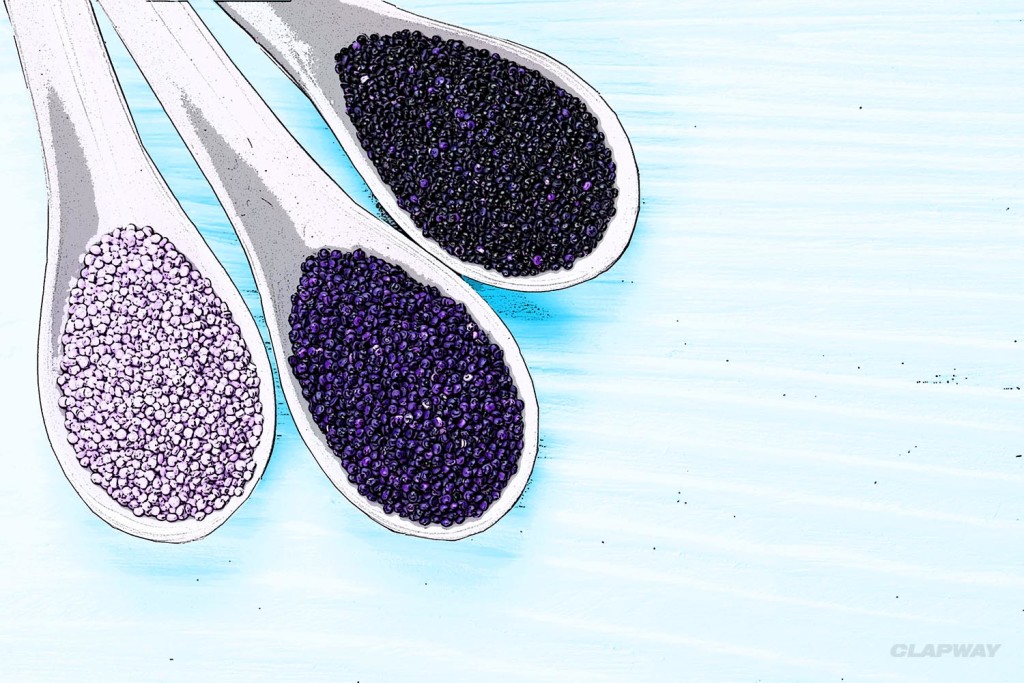
Protein is an essential part of any diet, no matter your lifestyle, or health goals. Yet, there’s still a common misconception that vegan diets can be detrimental to health due to a lack of protein.
While this is not true, it can be difficult to identify which plant protein sources work for your dietary preferences and how to successfully increase your daily protein.
So, here are the five best ways to optimize protein intake on a vegan or plant-based diet.
1. Focus On Plant Proteins
People typically associate a vegan diet with being “low protein” because of the lack of meat and animal produce. Yet, the reality is that vegans have plenty of protein-packed food choices.
Up your protein intake significantly by incorporating a range of gut-friendly plant proteins into your diet. Some protein-rich options include edamame beans, chickpeas, lentils, seitan, nut butters, broccoli, quinoa, and rice.
Though you may have to eat bigger meals to reach a high protein intake, it’s easy to incorporate many high-quality protein sources into one vegan dish.
2. Snack Throughout The Day
Even though they may be eating more food, new vegans may experience the feeling of always being hungry. The main reason for this is that they’re not diversifying their diet enough to cover the nutrients that are typically found within animal-based food.
In fact, science shows that calcium, vitamin D, zinc, and omega-3 fatty acids are more important when following a vegan diet. Deficiencies of these nutrients can result in a lack of satiation.
To avoid this, get into the habit of listening to your hunger cues and snacking throughout the day. Opt for seeds and nuts – peanuts are rich in protein and healthy fats, cashews are high in zinc, and chia seeds are great for a calcium boost.
3. Incorporate a Plant-Based Protein Powder

For a quick protein boost when you’re low on time or on-the-go, smoothies are the perfect option. Not only are they convenient to make, they’re also easy to bulk up with healthy add-ins, such as soy milk, oats, chia seeds, and leafy greens.
For a delicious yet healthy boost of protein, we recommend adding a premium vegan protein powder to your smoothies.
For example, the chocolate vegan protein powder from Naked Shake provides 20g of pea protein in each serving, along with MCT oil to prolong satiation.
Thanks to the pea protein, this flavored protein powder also provides a superior amino acid profile to ensure quality nutrition.
4. Don’t Shy Away From Meat Alternatives
Over the recent years, plant-based meat alternatives have soared in popularity. With many brands releasing new food options for vegans, it’s becoming even easier to maintain a high-protein, plant-based diet.
While you probably won’t love every veggie burger you come across, try to be more experimental with your diet and explore new vegan options when they’re available.
Meat alternatives are also usually high in protein, fiber, and carbohydrates, making them a great source of essential nutrients.
5. Get Creative With Your Meals

With a vegan diet, it can be easy to fall into the pattern of eating the same meals without trying to add any variation to your diet. While this can make meal prep a bit easier, it can also leave you feeling hungry and bored with your daily schedule.
In this case, think about your go-to meals and how you can add in more protein. Add in a scoop of chia seeds and protein powder to your smoothies, add nuts to your salads, and pair whole grains (such as brown rice) with meat alternatives.
By adding more variety to your meals, you have a much higher chance of covering all your nutritional bases and meeting all your protein needs.

















